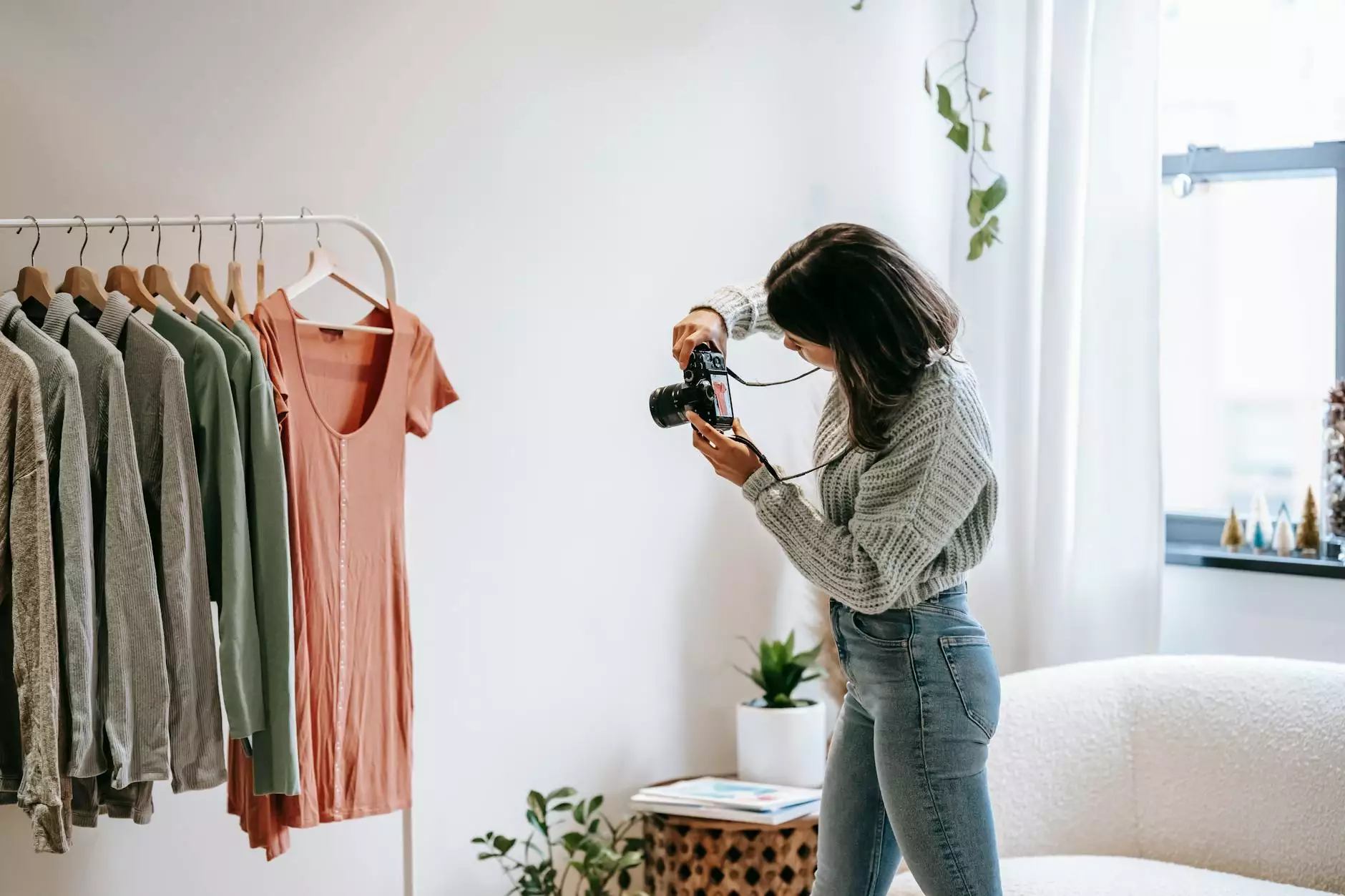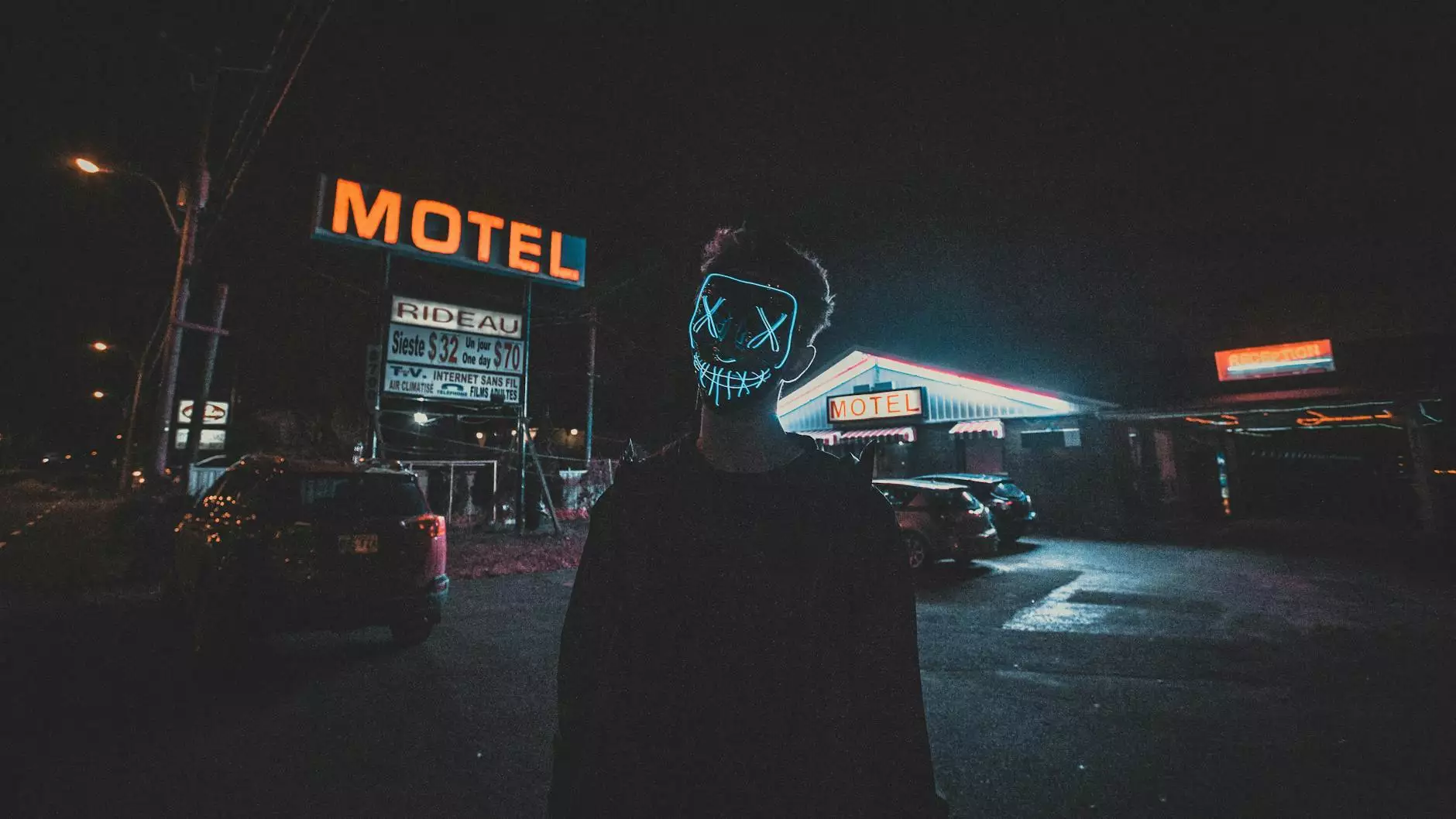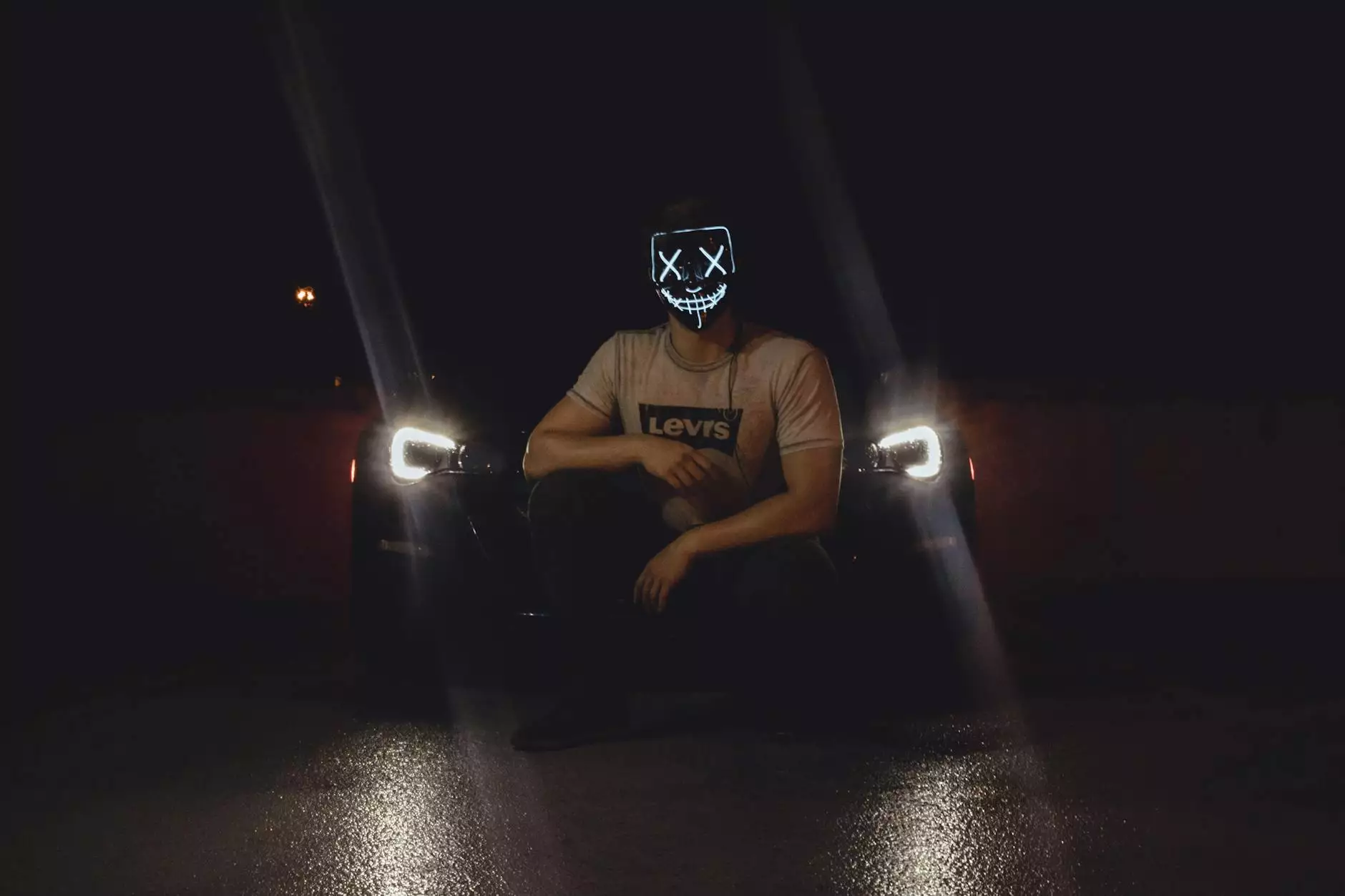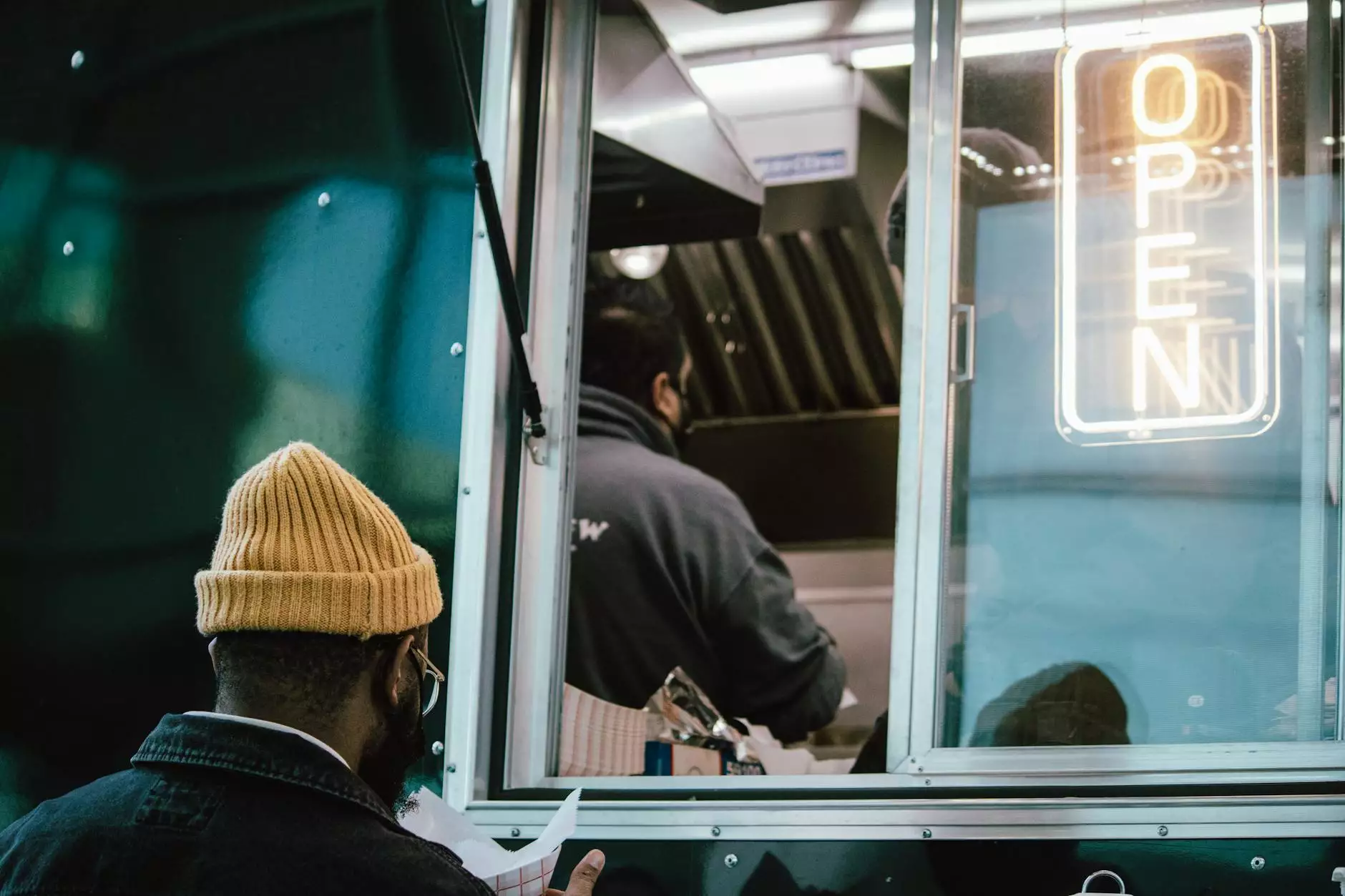Getting The Best Lighting for Architectural Interior Photography

Introduction
Welcome to Video Technics' comprehensive guide on getting the best lighting for your architectural interior photography. In this in-depth article, we will share valuable tips and techniques to help you capture stunning shots that showcase the true beauty of architectural spaces.
Why Lighting is Crucial in Architectural Interior Photography
Lighting plays a crucial role in enhancing the visual impact of architectural interior photography. It helps to highlight architectural details, evoke emotions, and create a sense of depth and dimension in your images. Whether you are photographing a residential space, commercial building, or cultural landmark, mastering lighting techniques is essential to produce captivating photographs.
Understanding Natural and Artificial Lighting
When it comes to architectural interior photography, you need to have a good understanding of both natural and artificial lighting. Natural light brings warmth and authenticity to your images, while artificial light allows you to have more control over the lighting conditions. Skillfully combining these two types of lighting can result in visually stunning photographs.
Tips for Natural Lighting
1. Time of Day Matters
The time of day greatly influences the quality and direction of natural light. During sunrise and sunset, you can achieve a beautiful soft glow, known as the golden hour, which adds a warm and magical touch to your images. Midday light can be quite harsh, creating strong shadows, so it's wise to avoid shooting during this period.
2. Use Reflective Surfaces
Maximize the use of reflective surfaces within the architectural space. Mirrors, glass, or even polished floors can help bounce and diffuse natural light, creating a more balanced and even illumination. Experiment with different angles and positions to find the most flattering reflections.
3. Utilize Window Light
Windows are excellent natural light sources for interior photography. Position your subject or elements of interest near windows to take advantage of the soft, diffused light that enters the room. Consider using translucent curtains or blinds to control the intensity of light and create a pleasant atmosphere.
Tips for Artificial Lighting
1. Invest in Quality Lighting Equipment
For artificial lighting, it's crucial to invest in high-quality lighting equipment. A reliable camera flash, strobe lights, or continuous lighting systems can provide consistent and controllable lighting. Consider the power output, color temperature, and adjustability of the lighting equipment before making a purchase.
2. Use Multiple Light Sources
Creating depth and dimension in architectural interior photography often requires multiple light sources. By strategically placing lights in different areas of the space, you can highlight specific elements and eliminate unwanted shadows. Experiment with different angles and intensities to achieve the desired effect.
3. Customize the Lighting for Each Shot
Every architectural space is unique, and the lighting requirements may vary. Take the time to evaluate the space and determine the mood or vibe you want to convey in your photographs. Adjust the intensity, direction, and color temperature of your artificial lighting to complement the space and capture its true essence.
Post-processing and Editing Tips
Once you have captured your architectural interior photographs, post-processing and editing can further enhance their visual impact. Use editing software to fine-tune the lighting, color balance, and contrast of the images. Experiment with different techniques, such as HDR (High Dynamic Range) or exposure blending, to bring out the intricate details of the architecture.
Conclusion
Mastering the art of lighting in architectural interior photography requires practice, experimentation, and a keen eye for detail. By understanding the importance of lighting, both natural and artificial, you can elevate your photography skills and capture breathtaking images. We hope that our comprehensive guide has provided you with valuable insights and techniques to help you achieve the best lighting for your architectural interior photography endeavors.



